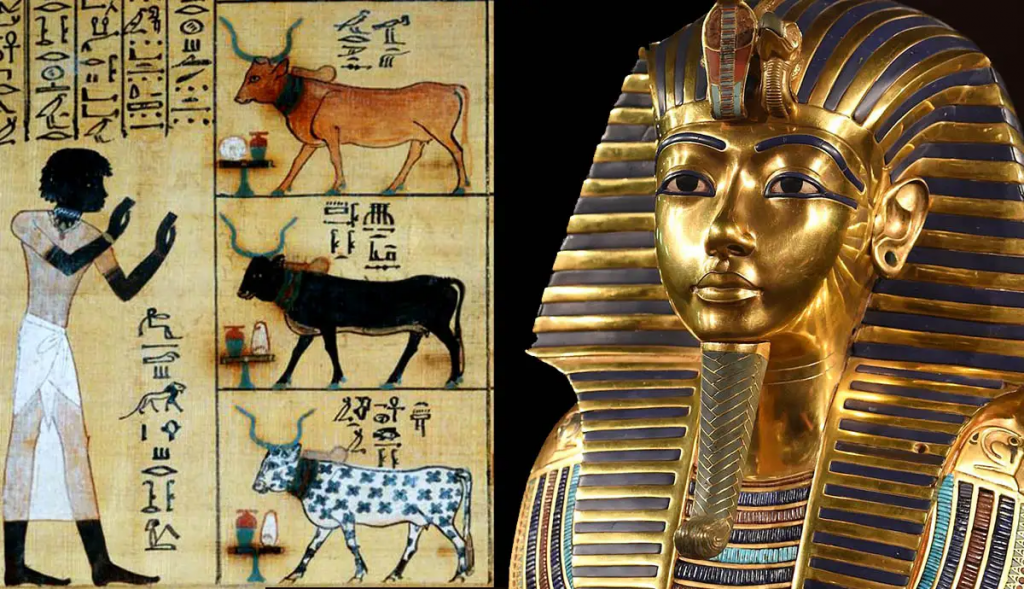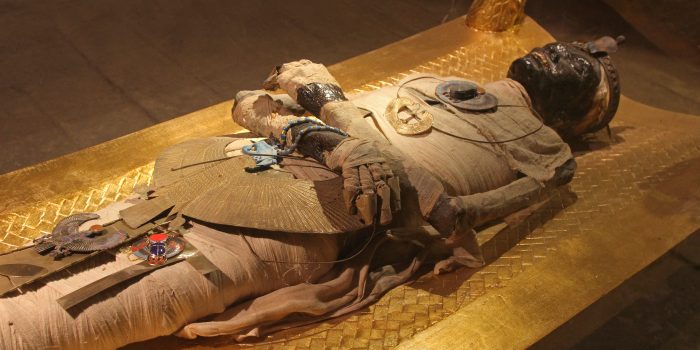Manchester Museum is coming up with an exhibition that proves that Egyptians did not mummify their bodies to preserve them, unlike the popular opinion.
The exhibition will be open to public in January 2023. The title is “Golden Mummies of Egypt” and it dispalys the technique which is actually a way to guide the deceased toward divinity.
Museum’s curator Campbell Price said that Victorian academics thought that the way they used to preserve fish with salt is similar to how they were mummifying fish and the reason would be preserving them. However, they were wrong in this assumption.

“The idea was that you preserve fish to eat at some future time,” Price also added. “So, they assumed that what was being done to the human body was the same as the treatment for fish.”
The salty material used in both cases was different. This naturally occurring mineral, also known as natron is a mixture of sodium carbonate, sodium bicarbonate, sodium chloride, and sodium sulfate. It was common near lake beds near the Nile and was a vital component in mummification.
“We also know that natron was used in temple rituals [and applied to] the statues of gods,” Price said to LiveScience. “It was used for cleansing,”

“Look at frankincense and myrrh — they’re in the Christian story of Jesus and were gifts from the three wise men,” Price said. “In ancient Egyptian history, we’ve found that they were also appropriate gifts for a god.”
“Even the word for incense in ancient Egyptian was ‘senetjer and literally means ‘to make divine.’ When you’re burning incense in a temple, that’s appropriate because that’s the house of a god and makes the space divine. But then, when you’re using incense resins on the body, you’re making the body divine and into a godly being. You’re not necessarily preserving it.”
A gum resin known as myrrh is obtained from several tiny, thorny tree species in the genus Commiphora. This has been used as a medication, incense, and fragrance. In ancient cultures, myrrh was frequently combined with posca or wine for general merriment and as an analgesic.

Myrrh was offered as a priceless gift to all the Deities. Essential oil and gum resin were its two main uses. Myrrh gum resin was regularly burned as incense, and myrrh oil was regarded as one of Egypt’s “Seven Sacred Oils.”
An old passage states, “Death is before me today, like the aroma of myrrh.” There was a legend that myrrh came from the underworld.


